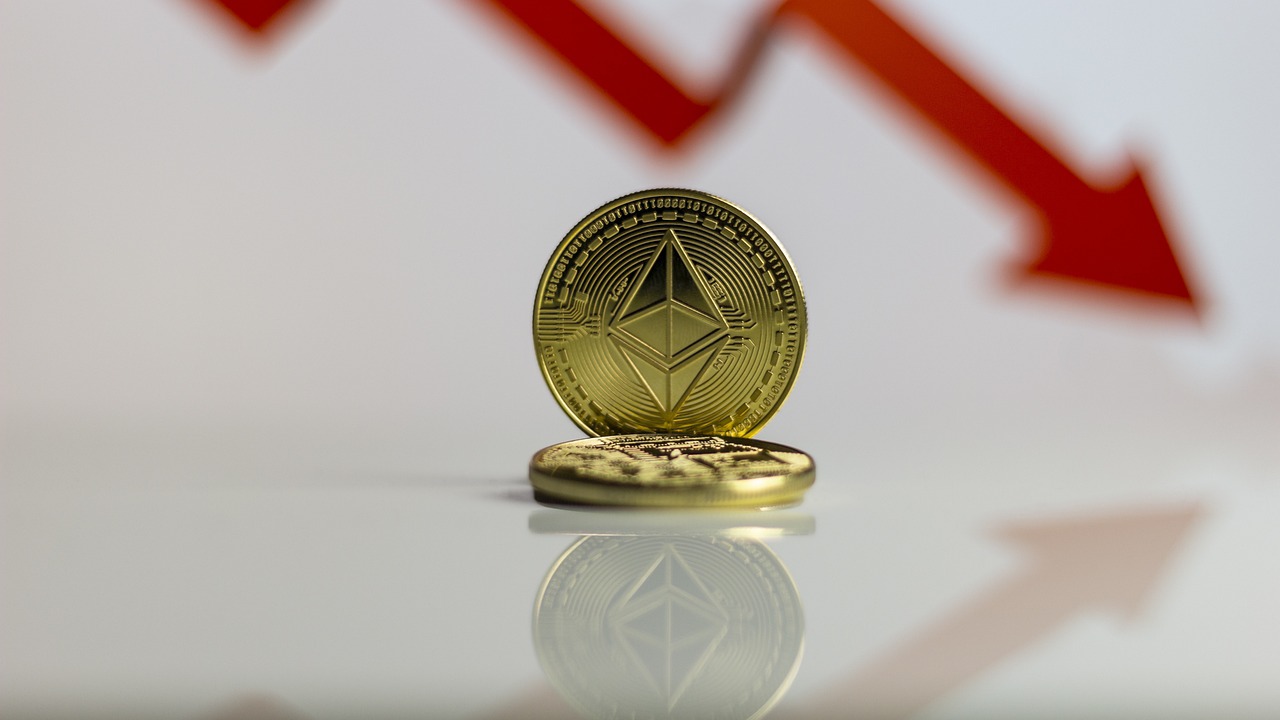Are you looking to learn some cryptocurrency basics? Here, you’ll find everything you need to get started, including an introduction to the crypto basics, step-by-step instructions on how to get started, and Valuable insights on common mistakes to avoid
So get your notes and pens ready!

History of Cryptocurrencies
The idea of digital currencies has been around for decades. In the 90s, there were attempts to create a digital cash system, however, the idea died without gaining traction. It wasn’t until Bitcoin came along that the concept took off.
Since then, hundreds and thousands of other cryptocurrencies have emerged, like Ethereum, Litecoin, and many more. Each has its unique features and uses. Today, cryptocurrencies have become a global phenomenon, with millions of people investing, trading, and using them for all sorts of transactions.
Bitcoin
Bitcoin is the first and most well-known cryptocurrency. It was created by an anonymous person or group named Satoshi Nakamoto in 2009. Bitcoin introduced the concept of blockchain technology, a decentralized ledger that ensures transparency and security. Unlike traditional or fiat currencies, Bitcoin isn’t tied to any country or economy, so its value is highly volatile, just like gold. Over the years, as knowledge about cryptocurrencies grew, Bitcoin has become a popular investment and even a form of payment for some businesses.
Bitcoin, like other cryptocurrencies, can be bought online through crypto exchanges or specialized ATMs.
Ethereum
Ethereum was introduced in 2015 by Vitalik Buterin. This coin expands Bitcoin’s capabilities by introducing the Ethereum Virtual Machine and smart contracts—self-executing agreements with terms embedded in code. This innovation allows developers to create decentralized applications (dApps), making blockchain technology more accessible and practical.
Ethereum offers entrepreneurs a platform to build and launch solutions without traditional intermediaries. Developers benefit from its flexibility, creating various dApps, from finance to gaming, while individuals seeking transparency and security in transactions appreciate the reliability of smart contracts. Statistics show that over 70% of developers in the blockchain space prefer working with Ethereum due to its versatility, and the surge in dApps reflects widespread adoption and trust in its capabilities. This broad acceptance underscores Ethereum’s critical role in advancing blockchain technology and meeting diverse user needs.
USDT (Tether)
It is a stablecoin that aims to maintain a stable value by being pegged to a fiat currency like the US dollar. USDT was launched in 2014 and provides a bridge between traditional financial systems and the volatile crypto market, making it easier for users to move in and out of crypto assets.
What’s the difference?
Tether holds reserves of actual US dollars to back up their coins in circulation. That means if you own one USDT, you can exchange it for one USD. It is also built on blockchain technology, meaning transactions are fast, secure, and transparent.
How to Buy Cryptocurrencies
Getting started with buying cryptocurrencies seems challenging, but it becomes easy when broken down into steps.
- Choosing an Exchange
Choosing the right cryptocurrency exchange can either make or mar your crypto journey. Various exchanges exist where you can buy, sell, and trade cryptocurrencies. However, choosing one that’s convenient, reputable, and secure is where most traders break a sweat.
Jackocoins offers an exchange platform designed to meet the needs of both beginners and experienced traders. The platform provides a user-friendly interface and prioritizes security, employing measures such as cold storage, encryption, and regulatory compliance to protect user’s assets.
- Setting Up a Wallet
A cryptocurrency wallet is used to hold and store cryptocurrencies. You need to have a wallet before buying cryptocurrencies. A wallet stores your private keys (a critical information you need to access your crypto assets). Since you’re starting out, a software wallet is a great choice due to its ease of use and accessibility.

- Buying Cryptocurrencies
After setting up your wallet and choosing an exchange, the next step is to buy your first cryptocurrency. Exchanges like Jackocoins make the process as simple as possible. Here are three easy steps to follow:
- Create an Account: Sign up for a Jackocoins account and complete the verification process.
- Deposit Funds: Add funds to your account using a bank transfer, credit card, or other supported methods.
- Buy Crypto: Navigate to the trading section, select the cryptocurrency you want to buy (e.g., Bitcoin, Ethereum, USDT), and complete the purchase.
How to Store Cryptocurrencies
As we said earlier crypto wallets serve as a medium of storage for crypto assets. Choosing the right storage method depends on your experience level and your purpose for using cryptocurrency. As a trader who is also a beginner, the wallet you choose would be quite different from an experienced investor in the crypto space.
- Hardware Wallets

Hardware wallets, like Ledger and Trezor, are physical devices that store your crypto offline, providing the highest level of security. They keep private keys safe from hacking and cyber threats.
- Software Wallets

Software wallets, like Jackocoin’s wallet, are applications or online platforms that store cryptocurrencies online. These are more convenient but require robust security measures as they are more vulnerable to hacking and cyber threats when compared to hardware wallets.
- Paper Wallets
Paper wallets are physical printouts of cryptocurrency private keys and public addresses. They allow you to store your assets offline in a secure physical location, such as a safe. While secure from hacking, paper wallets are prone to physical damage or loss.
How to Sell Cryptocurrencies
Selling cryptocurrencies is super straightforward, (hopefully, you don’t send your crypto to the wrong address). Well, that’s why I use Jackocoins now, it’s all done in 3 simple steps:
- Start by logging into your Jackocoins account and navigating to the trading section.

- Select the cryptocurrency you wish to sell, such as Bitcoin, Ethereum, or USDT, and enter the amount you want to sell. Jackocoins provides up-to-date market data about the best times to sell.

- Once you confirm the sale, the proceeds will be credited to your account balance. You can then withdraw the funds to your bank account or keep them in your Jackocoins account for future investments.
The platform’s user-friendly interface and comprehensive support ensure that you can easily convert your crypto assets back into fiat currency or reinvest them in other cryptocurrencies.

Common Mistakes to Avoid
- Not Securing Your Wallet: Always use strong, unique passwords and enable two-factor authentication (2FA) on your accounts.
- Falling for Scams: Be cautious of phishing attacks, fake investment schemes, and too-good-to-be-true offers. Always verify the authenticity of any platform or contact.
- Overtrading: Avoid making impulsive decisions based on short-term market fluctuations. Stick to your investment strategy.
- Ignoring Fees and Taxes: Be aware of transaction fees and tax implications when buying, selling, and holding cryptocurrencies.
Conclusion
Cryptocurrencies offer opportunities for investors and enthusiasts, but you should start with a solid understanding of the basics. By following this guide, you’ll be well on your way to becoming a confident crypto enthusiast and trader. Sign up for Jackocoins today and enjoy our secure wallet services, reliable exchange platform, and comprehensive support.
Visits: 3611


Thanks for sharing. I read many of your blog posts, cool, your blog is very good.
Your article helped me a lot, is there any more related content? Thanks!